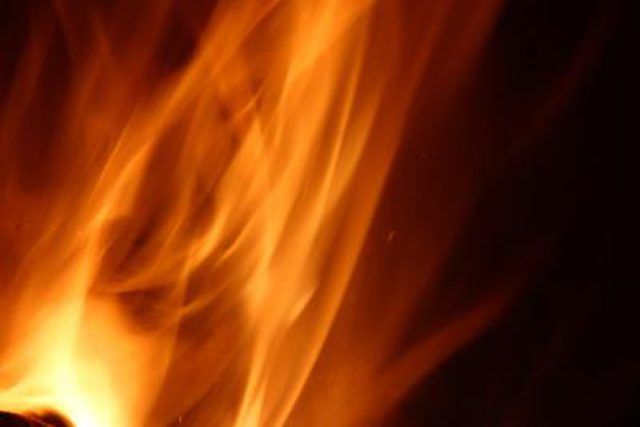Bulbs
Flower Basics
Flower Beds & Specialty Gardens
Flower Garden
Garden Furniture
Garden Gnomes
Garden Seeds
Garden Sheds
Garden Statues
Garden Tools & Supplies
Gardening Basics
Green & Organic
Groundcovers & Vines
Growing Annuals
Growing Basil
Growing Beans
Growing Berries
Growing Blueberries
Growing Cactus
Growing Corn
Growing Cotton
Growing Edibles
Growing Flowers
Growing Garlic
Growing Grapes
Growing Grass
Growing Herbs
Growing Jasmine
Growing Mint
Growing Mushrooms
Orchids
Growing Peanuts
Growing Perennials
Growing Plants
Growing Rosemary
Growing Roses
Growing Strawberries
Growing Sunflowers
Growing Thyme
Growing Tomatoes
Growing Tulips
Growing Vegetables
Herb Basics
Herb Garden
Indoor Growing
Landscaping Basics
Landscaping Patios
Landscaping Plants
Landscaping Shrubs
Landscaping Trees
Landscaping Walks & Pathways
Lawn Basics
Lawn Maintenance
Lawn Mowers
Lawn Ornaments
Lawn Planting
Lawn Tools
Outdoor Growing
Overall Landscape Planning
Pests, Weeds & Problems
Plant Basics
Rock Garden
Rose Garden
Shrubs
Soil
Specialty Gardens
Trees
Vegetable Garden
Yard Maintenance
How to Do a Burn Pile
How to Do a Burn Pile. People who live in rural areas have to do yard work, including tree trimming, picking up sticks and raking leaves. One advantage they have over those who live within city limits though, is the fact that they can then burn these objects. There's a certain protocol to burn piles. These rules are meant to keep the person burning...

People who live in rural areas have to do yard work, including tree trimming, picking up sticks and raking leaves. One advantage they have over those who live within city limits though, is the fact that they can then burn these objects. There's a certain protocol to burn piles. These rules are meant to keep the person burning the pile safe, as well as the people who live around the burn pile happy. Following the proper protocol will also ensure that your pile burns efficiently.
Things You'll Need
Shovel
Rake
Bucket of water or hose
Newspaper
Matches or lighter
Pitchfork
Select a location that's wide and flat. Make sure there are no trees or power lines hanging over it. Keep the area at least 50 feet away from all homes, including your own.
Dig a shallow moat around the fire area, making it at least 2 feet wide. Clear this moat of any burnable debris to prevent the fire from spreading in an emergency.
Add small, dry kindling to the bottom of the pile. Broken limbs and branches are ideal, given that they're no thicker than 1/4 inch in diameter. Refrain from throwing dry pine needles, plant leaves or tree bark onto the pile, however, as these are actually quite difficult to burn.
Throw larger pieces of wood onto the top of the pile.
Roll up a couple sheets of newspaper into a single tight cone. Stick one end of the newspaper into the bottom of the pile and leave the other end sticking out and visible. This will act as your wick.
Light the newspaper on fire to begin your burn pile. Ideally, it will light the bottom of the pile on the first try, which will then ignite the top of the pile, causing one large burn pile. You may, however, have to execute this process several times before you get an efficient burn pile going.
Add your dead plant leaves, pine tree needles and tree bark onto the pile after it has grown into a large fire. Use a pitchfork to add small amounts of debris to the pile and then gauge the fire's reaction. If it begins to die down a bit, wait for several minutes before adding more debris.
Stir the burning wood pile with a rake or shovel to keep it going. If the fire begins dying down, try moving drier pieces of wood that have yet to be burned onto the areas of fire that are still going strong.
Add water to the pile when it has finished burning. Spray down the area with a garden hose or douse it using a bucket of water (which may have to be done several times). Make sure that it's cool to the touch before leaving it unattended.
Tips & Warnings
Have someone near the burn pile at all times.
Always keep a water source nearby in case the fire starts getting out of hand.
Burn a few smaller piles instead of one large pile to avoid a fire that's harder to control.
Never add gasoline, kerosene or any other flammable liquid to a burn pile. These may cause severe consequences, including explosions.
Never burn oily or rubber substances. Stick to natural elements found in the yard.